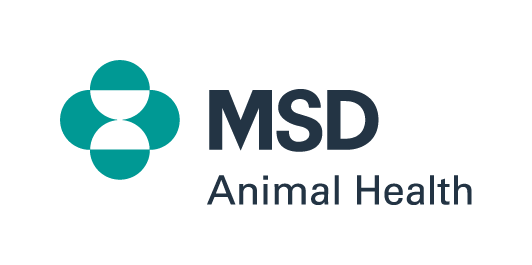Driving Business Impact Through Ownership and Accountability

Ownership and accountability – two interrelated concepts that can improve business results, foster greater employee satisfaction and engagement and produce a more cohesive and productive company culture. In my daily work, ownership means taking responsibility and being committed to the results and outcomes of a project. It involves a sense of personal investment in success. On the other hand, accountability entails being answerable and responsible for the consequences of actions or decisions. Both foster a culture of responsibility, empowerment and success through strong, trusting relationships.
As a people leader, I’ve always seen my responsibilities as coach, guide and culture champion to be the most important aspects of my role. Studying the art of leadership and organizational success has helped form my management beliefs. Two impactful books, which are essential to my leadership, are The Five Dysfunctions of a Team by Patrick Lencioni and Propeller: Accelerating Change by Getting Accountability Right by Tanner Corbridge, Jared Jones, Craig Hickman and Tom Smith. Both books speak to something I’ve made a central tenet of my own leadership philosophy for more than 10 years: ownership and accountability.
The key learnings from these organizational leadership books enable leaders to imagine how members of a cohesive, high-performing team would behave: they would trust one another; engage in unfiltered conflict around ideas; commit to decisions and plans of action; hold one another accountable for delivering against those plans; and focus on the achievement of collective results.
Trust: The Foundation of Teamwork
Trust is the foundation of real teamwork and a critical part of building a team – in fact, it’s probably the most crucial. It is built on reliability, integrity and confidence in others, as well as unfiltered conflict around ideas and firm commitment around decisions and plans of action. It is essential for communication, collaboration and cooperation. When trust exists in a professional relationship, it fosters a positive and supportive environment where colleagues feel valued, secure and heard. Great teams are the means to achieving real, lasting and measurable results. And of course, a cohesive team holds one another accountable.
Accountability: The Glue in a Cohesive Team
Accountability is essential to driving meaningful results. The concept sounds simple but requires discipline and persistence. Only through accountability can individuals and teams set clear goals and feel responsibility for success, rallying around a common business goal. Those in my organization understand that I hold each person accountable for the whole project, not just their piece. I remind colleagues that through team accountability, they are supporting more than themselves – they are taking responsibility for the success of our organization.
We talk about culture as an organization, too. For example, we hold Culture Events, which are group discussions with my broader team on how we can reach our highest potential as an organization. Recent sessions focused on diagnostic tools and actionable ways to build trust in teams, which led to robust discussions and renewed understanding of the importance of accountability and ownership. During these events, we discuss how to overcome hurdles and build our company for the animal health of tomorrow.
Ownership: Knowing Your Work and Seeing the Big Picture
When you hold others responsible for success, you also must give them autonomy to make it happen and ownership to make it their own. As a leader, it can be difficult to let go and remember that your role is to not only give direction but also focus much of your time on guidance and support.
I ask myself: How can I help? Sometimes it requires me to take decisions and provide clarity, but more often the team or leaders need guidance or coaching. That can be frustrating, since giving an answer is simpler, but guidance and coaching gives more long-lasting results. This is why I try to drive ownership down into the organization. We are starting to use the concepts of see it, own it, solve it, do it. In other words, ownership for solutions belongs with those who understand the work best – who see it – rather than those of us in leadership.
I also believe that ownership means knowing your work inside and out, as well as an ability to see the big picture. Colleagues often come to me with proposals and ideas, and I challenge them to create a simple and basic elevator pitch. Sometimes, colleagues focus on the details instead of the big picture. When you can simplify your core message into well-thought, concise information, it shows a depth of understanding and ownership that doesn’t rely on slide after slide of detail.
Accountability as a Leader
Likewise, I take accountability for driving accountability. To do that, I demonstrate personal responsibility for our organization’s priorities, just as I expect my team to take responsibility for what’s in their purview. When we have a gap in leadership somewhere, perhaps due to a career transition, I step in to steer the business. This allows me to learn more about that team and what their needs are, making me more aware when choosing the next leader and also allowing me to be a better coach for them when they arrive in the role.
In my experience, that sense of ownership builds engagement and helps employees perform at a higher level. It also creates a true sense of team. After all, if you know your colleagues also feel responsible for achieving goals, you can trust in equitable, engaging collaboration.
Author Lencioni said it best, “It is teamwork that remains the ultimate competitive advantage…because it is so powerful.” With trust comes ownership and accountability — and we can build a formidable team that serves as an inspiration and influencer through its actions and attitudes.

